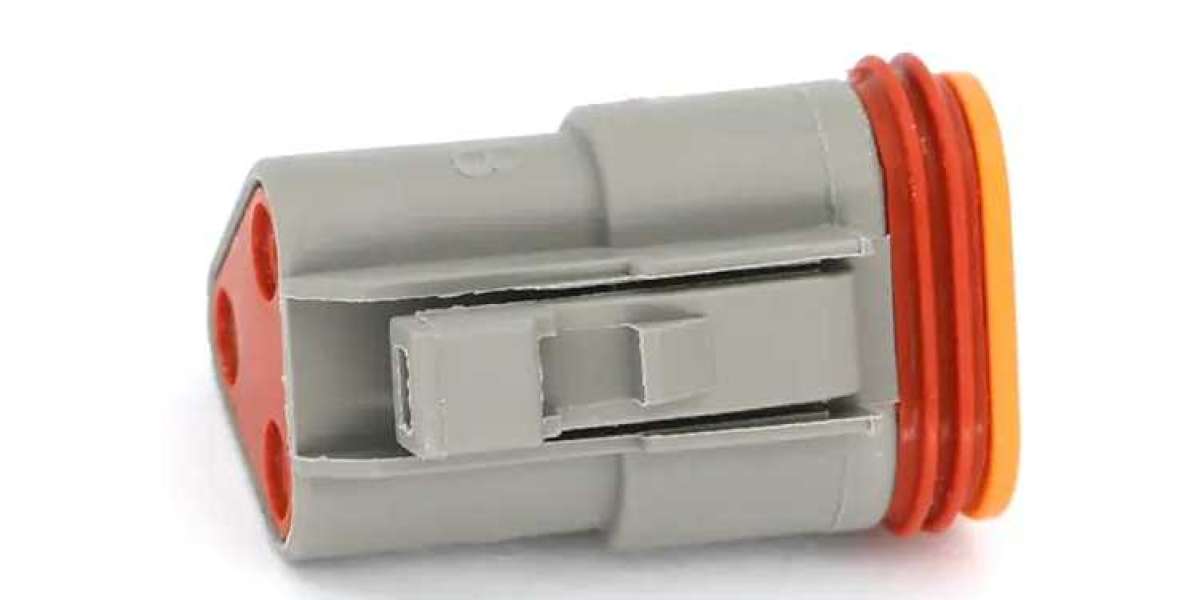In power distribution systems, connectors are essential for safely and efficiently transmitting electrical power from one component to another. The components of these connectors are designed to handle high currents and provide stable electrical connections. The key components of power connectors include power contacts, insulation, housing, and current rating.
Power contacts are the most crucial component in power connectors. They are responsible for carrying high current from one device to another. Power contacts are typically made from materials with high electrical conductivity, such as copper or silver. These materials help minimize energy loss and maintain stable power delivery. The design of the contacts also ensures that they can withstand high current without overheating or causing damage to the surrounding components.
The insulation in power connectors serves to prevent accidental contact with live parts and protect against short circuits. Insulation materials are selected based on their ability to withstand high voltages and temperatures. Common materials include rubber, PVC, and thermoplastic compounds, which are known for their durability and insulating properties.
The housing is the outer casing that holds the power contacts and provides structural support. It is typically made from materials that can withstand physical stress, heat, and harsh environmental conditions. Power connector housings may also include features such as locking mechanisms to ensure a secure connection and prevent disconnections during operation.
Lastly, the current rating of the connector is an important factor in determining its capacity to handle electrical power. Power connectors are rated for specific current levels, and choosing a connector with an appropriate current rating ensures that the system remains safe and operates efficiently.
In conclusion, connector components in power distribution systems are essential for providing safe, reliable, and efficient electrical connections. The combination of power contacts, insulation, housing, and current rating ensures the proper functioning of power systems in a variety of applications, from industrial machinery to consumer electronics.
